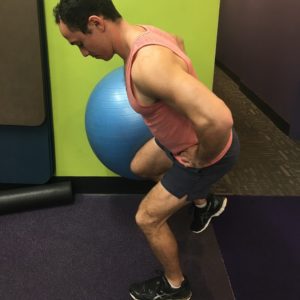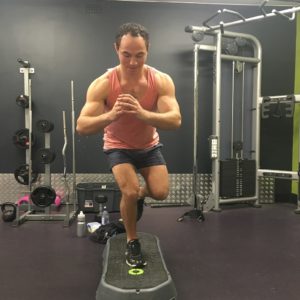With the recent snowfall in NSW resorts (140cm of fresh powder!) there is no better time to head down to the slopes than now. Hopefully your pre-season training is in full swing to avoid some serious delayed onset muscle soreness (DOMS) post session. If not no need to worry, read below to see the best type of snowboarding exercises you should start now.
- Single leg wall fitness ball squat
- Place fitness ball against the wall
- Push knee hard against the ball throughout the movement
- Hinge at the hip and bend at the knee on the stance leg
2. Step jump variations
- Up and over
- Up and 90 degrees
- Up and 180 degrees
- Backwards
- Single leg
- Single leg laterals
3. Lateral wall ball toss
- Stand near wall with medicine ball in hands and ¼ squat position
- Keep torso upright, wind up and twist to opposite side
- Explode through arms and midsection while keeping ¼ squat position, tossing ball hard into wall
A special mention has to go to calf exercises working your gastrocs (outer calf muscle) and soleus (deep calf muscle). The gastrocs can be preferentially worked by doing calf raises with a straight leg, while soleus activation is increased when the knee is flexed or bent. Give these a go asap and I’ll see you on the slopes!
If you are interested in our Get Fit To Ski sessions to get ready for your time on the slopes contact us here at Bend + Mend in Sydney’s CBD. We conduct all our Get Fit To Ski classes from our Martin Place location.








